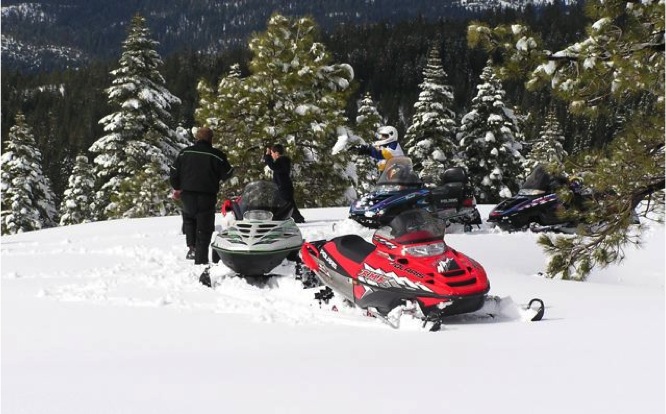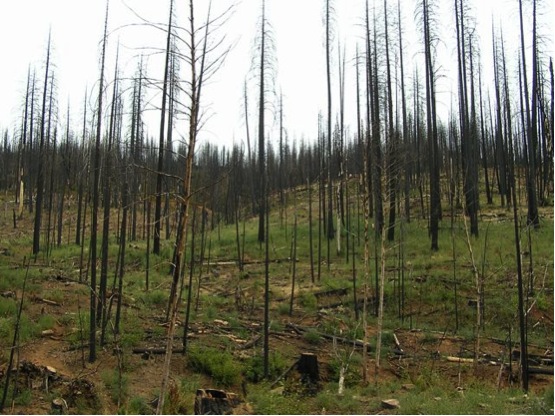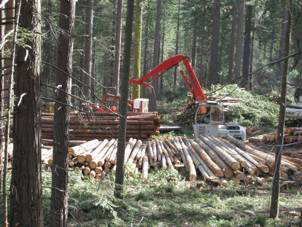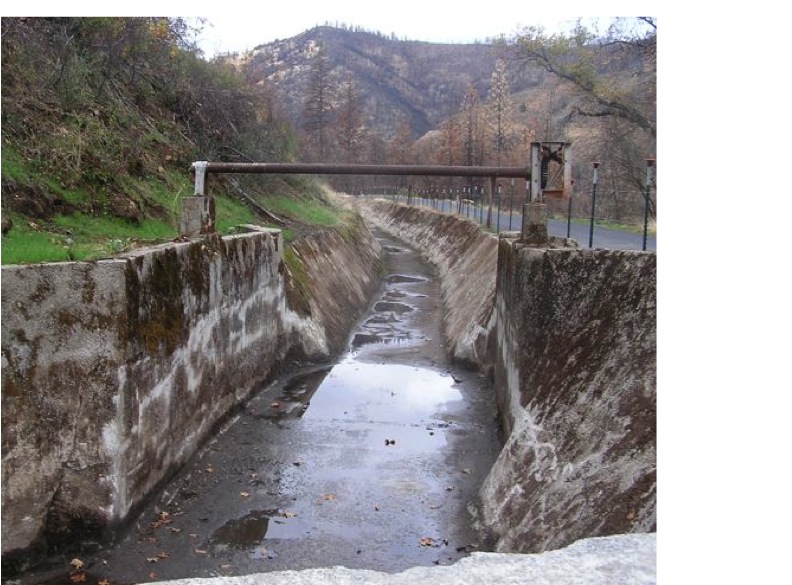Because CSERC strives to engage in every significant environmental issue affecting the Northern Yosemite region, there are always many issues to juggle, meetings to attend, plans or project documents to review, or fieldwork to complete in order to be highly informed. For those of you who try to keep abreast of key issues, here are a few updates about current plans and projects.
Over-Snow Vehicle (OSV) Management Plan
Months back, the Forest Service created controversy by proposing to open roadless wild areas to snowmobile use in order to please motorized interests. CSERC, The Wilderness Society, and other groups are coordinating to build a strong legal case for protecting wild areas and critical habitat for rare wildlife. The USFS is currently in the process of developing OSV Plan alternatives and a formal proposed action. A draft environmental impact statement (DEIS) and plan may be released soon.
Rim Fire Reforestation Plan
The Forest Service also created a high degree of controversy by proposing to spray plant-killing chemicals (herbicides) on 26,000 acres planned for planting with conifer seedlings in the Rim Fire. After a series of public meetings, the Rim Fire Reforestation Plan is undergoing refinement by USFS planners. The release of the proposed action and a draft EIS is expected around Thanksgiving. The initial proposal would spray herbicides up to four times on every acre planted with seedlings.
Fuel Reduction – Forest Health Treatments
CSERC is part of a collaborative group that has been partnering with the Calaveras District of the Stanislaus Forest to help craft a balanced, positive package of actions called the Hemlock Project. The project would treat 7,000 acres of national forest land north of Highway 4. CSERC is highly supportive of the proposed “light touch” thinning logging and associated work such as prescribed burning and restoration treatments.
A second fuel reduction – forest health project called the Gooseberry Project is located near the Dodge Ridge Ski Area. It also includes a wide range of logging, burning, and other treatments intended to improve forest health and produce wood products. CSERC is generally supportive of this project as well.

Lower Cherry Aqueduct Operated
In a surprise shift, after the SFPUC dropped plans for major reconstruction and pipeline expansion of the Lower Cherry Aqueduct, the USFS allowed the SFPUC to operate the Aqueduct to divert significant amounts of water — asserting it was simply “on-going use” by the SFPUC despite a 27-year gap in usage.

